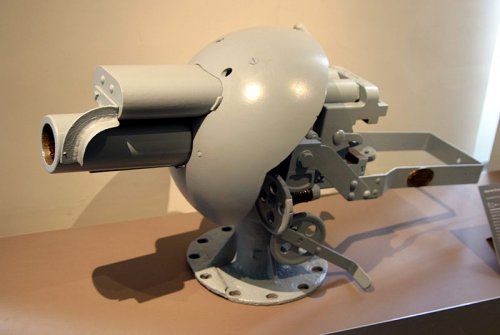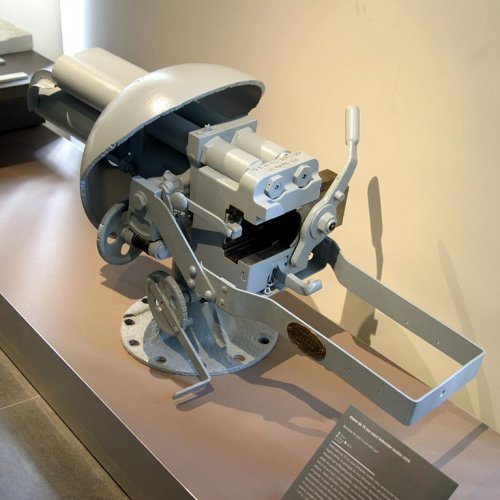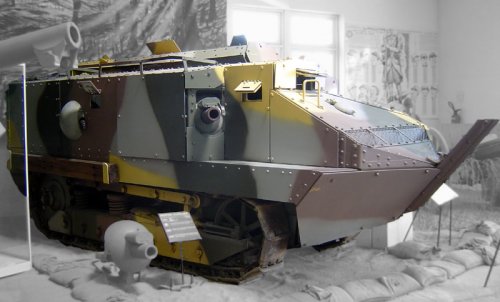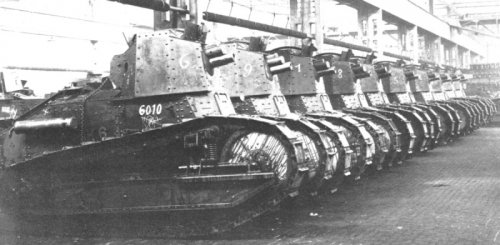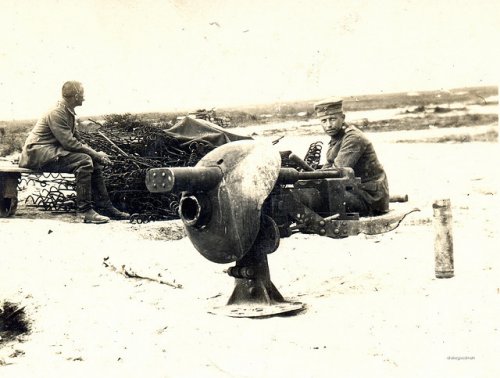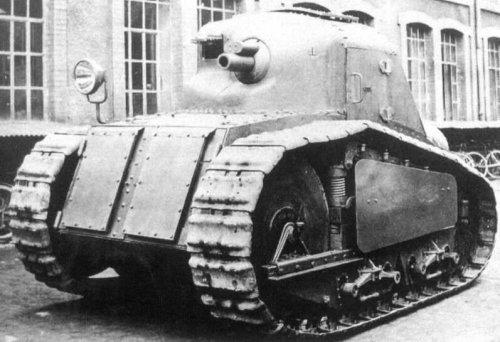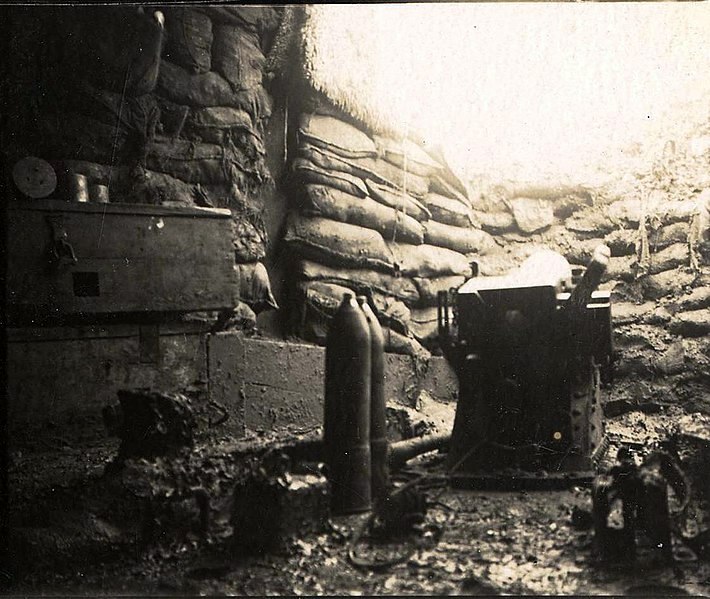2) Were there any other applications for this funny little gun in vehicles or otherwise?
We know that historically Renault attempted...unsuccessfully...to interest both the French Cavalry arm and the Belgian Army in the ACG-2, a version of the AMC-35 / ACG-1 light "medium" tank. The ACG-2 was re-armed with a short 75mm hull mounted gun, and the two-man 47mm turret was replaced with a one-man machine gun turret.
The "assault gun" form factor of the ACG-2 implied direct combat participation, and its potential buyers/users perceived this to require at least medium-tank armor performance. Part of Renault's marketing difficulty was the inadequate armor of the AMC-35 for the medium tank role and the inadequacy of the drivetrain to handle additional armor weight. But another element of the marketing difficulty was that the prototype was armed with the same high-power 75mm cannon used in the B1 tank family, and all of that gun's limited production capacity was already committed to B1 production orders.
The ACG-2 was marketed for defensive use as a tank killer. To fill that role, the "high power" 75mm gun would have fired the same AP rounds as were already in service for the B1 tank family. The high chamber pressure capability of the thick-barreled 75mm gun was necessary to achieve enough muzzle velocity for this AP round to be effective.
Meanwhile, a significant number of old but still serviceable 75mm Schneiders were sitting in warehouses. They had much less chamber pressure capability than the "high power" 75mm, and would not have provided a useful amount of armor penetration if firing conventional AP ammo.
What apparently didn't happen historically, but seemingly could have, would have been to recognize that HEAT ordnance does not require high velocity, and even benefits from lower velocity since this allows projectiles to have much lighter case construction, thereby allowing more volume to be used for warhead explosive...and France's Brandt company was simultaneously trying to interest the French Army in a 75mm HEAT cannon shell.
A version of the ACG-2 armed with the low-velocity Schneider 75mm gun, and equipped with multi-purpose HEAT/fragmentation shells designed for that gun, might have been better accepted by its potential customers...especially if the gun was provided with enough elevation capability (and perhaps an integrated rangefinder) to engage enemy tanks defensively from standoff range, thereby arguably decreasing the need for better armor protection.
The ACG-2 was being offered at an attractive price. That was possible because its construction required thinner armor plate, and only a moderate-cost drivetrain. If its main gun had been switched to the leftover 75mm Schneider, the price could have been even better.
None of this happened, but perhaps it could have. All of the ingredients existed.

